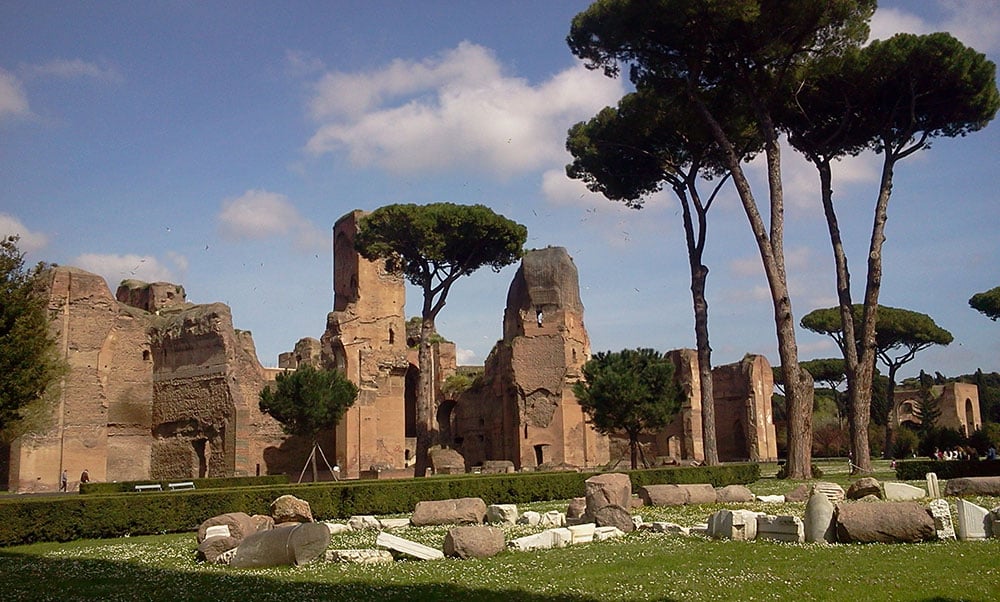
The Via Appia Antica the ancient street of commerce Romamirabilia
Via Appia Antica, known to the ancients as the regina viarum (queen of roads), is the most celebrated of ancient Rome's consular roads. Completed in 190 BCE, it was a key strategic artery, linking Rome with the port of Brindisi on the southern Adriatic coast.
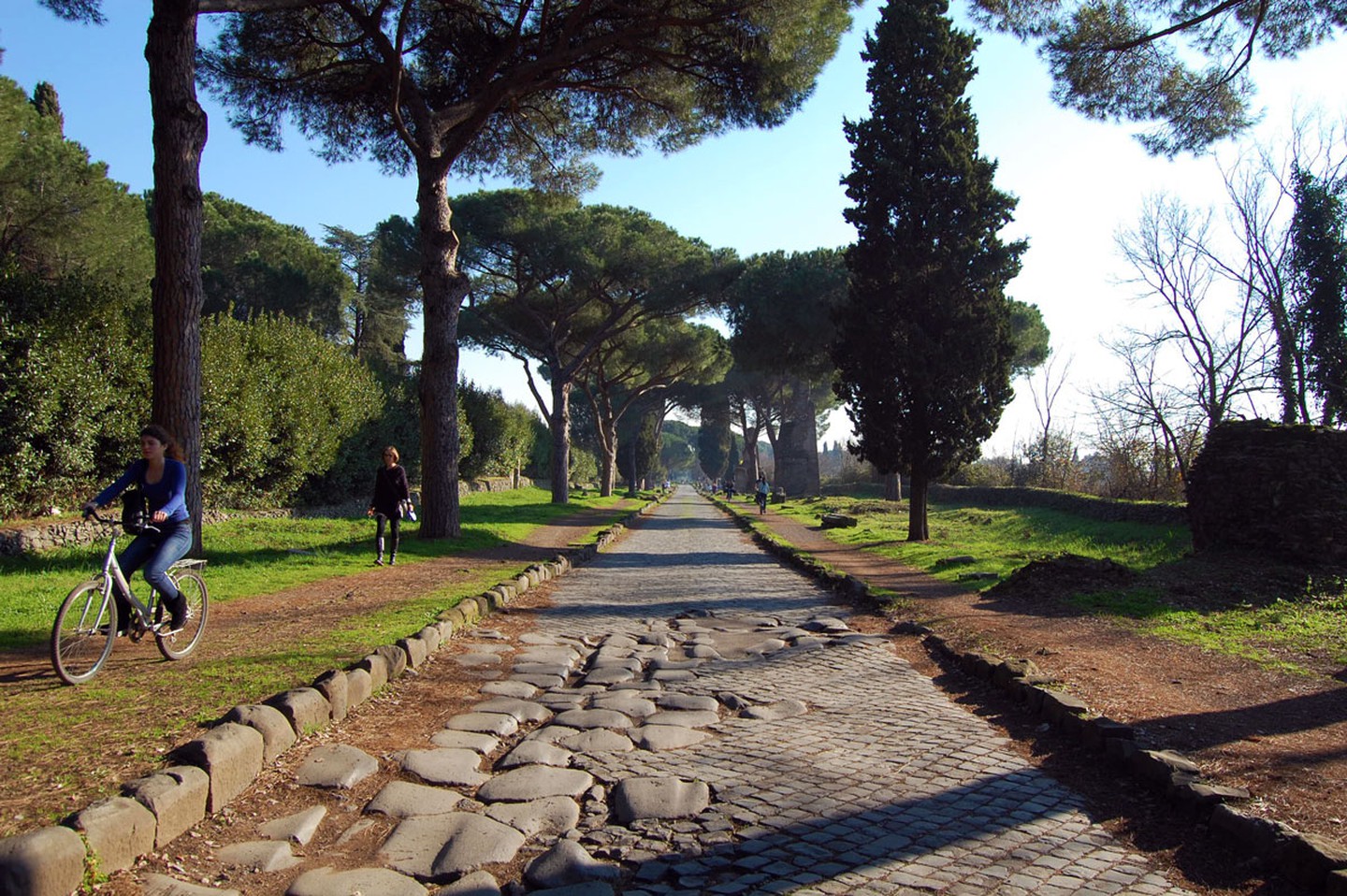
A Brief History Of Via Appia Antica, Rome's Oldest Road
Via Appia Roman tombs lining the Appian Way Remains of Roman tombs lining the Appian Way (begun 312 BC), Rome. Appian Way, the first and most famous of the ancient Roman roads, running from Rome to Campania and southern Italy. The Appian Way was begun in 312 bce by the censor Appius Claudius Caecus.

Past Vs. Present La Via Appia Antica Sooners in Rome The Beautiful
Travel Walking the Appian Way: a stroll through time on Rome's ancient road In the southern suburbs of Rome, it's possible to walk along ancient cobbles in the footsteps of Roman gladiators,.
Rome Via Appia Antica
The Appian Way ( Latin and Italian: Via Appia) is one of the earliest and strategically most important Roman roads of the ancient republic. It connected Rome to Brindisi, in southeast Italy. [1]

Views from Rome Via Appia Antica
The Via Appia Antica is the old Roman Appian Way, which ran from Rome down to Brindisi. The stretch close to Rome, the Via Appia Antica, is now part of an nature and archaeological park, the Parco Regionale dell'Appia Antica. As well as being a genuine attraction, it is a delightful contrast to the traffic and bustle of Rome just a couple of.

Views from Rome Via Appia Antica
The Via Appia Antica technically starts at Porta Capena, which is close to Circa Massimo. However, modern Rome has pretty much swallowed this and the most preserved part of the Appian Way is located about 5 miles (8 kilometers) southeast of the city center You can get to the Appia Antica (sometimes called Via Appia Antica) many ways, including.

Via Appia Antica Appian way, Rome, Roman roads
The Via Appia Antica (Old Appian Way) is one of ancient Rome's most overlooked attractions and a must-visit site for history buffs, intrepid explorers, and nature lovers. The Via Appia is an ancient road, perfectly preserved—at least in parts—despite more than 2,000 years of continuous use.

The Via Appia Antica the ancient street of commerce Romamirabilia
The Via Appia Antica is the old Roman Appian Way, one of the oldest and most important roads from Rome. During ancient Roman times, the road was essential in transporting troops down to the port of Brindisi in southeast Italy. Tourist attractions along the Appian Way include the Catacombs of San Callisto and Catacombs of San Sebastiano as well.
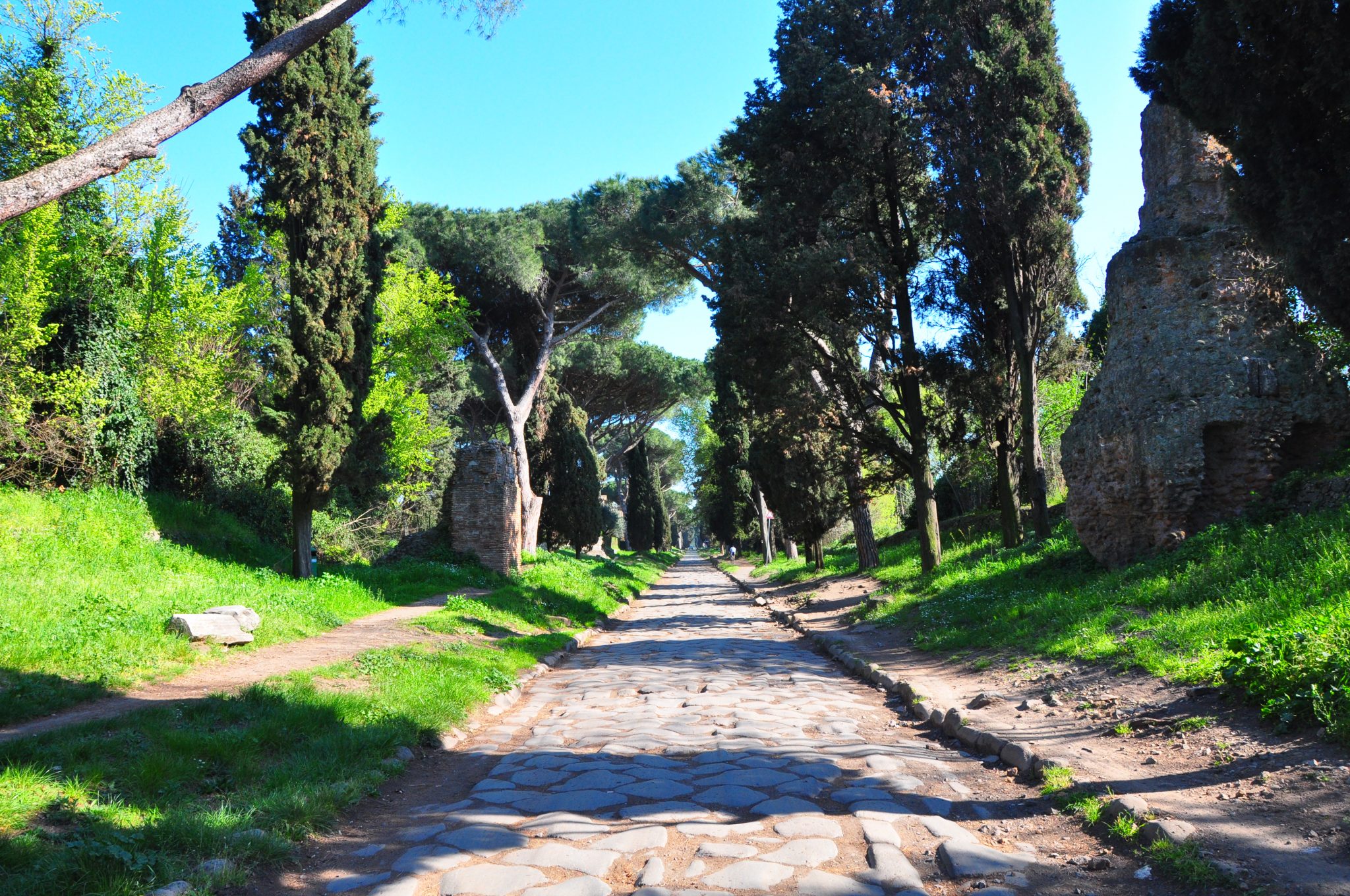
Why You Should Stroll Rome's Appian Way
Today, the Parco Regionale dell'Appia Antica is one of the most interesting places to visit in Rome, whether you wish to get away from the typical crowds of the historic center, or you are simply interested in learning more about the history of the city.
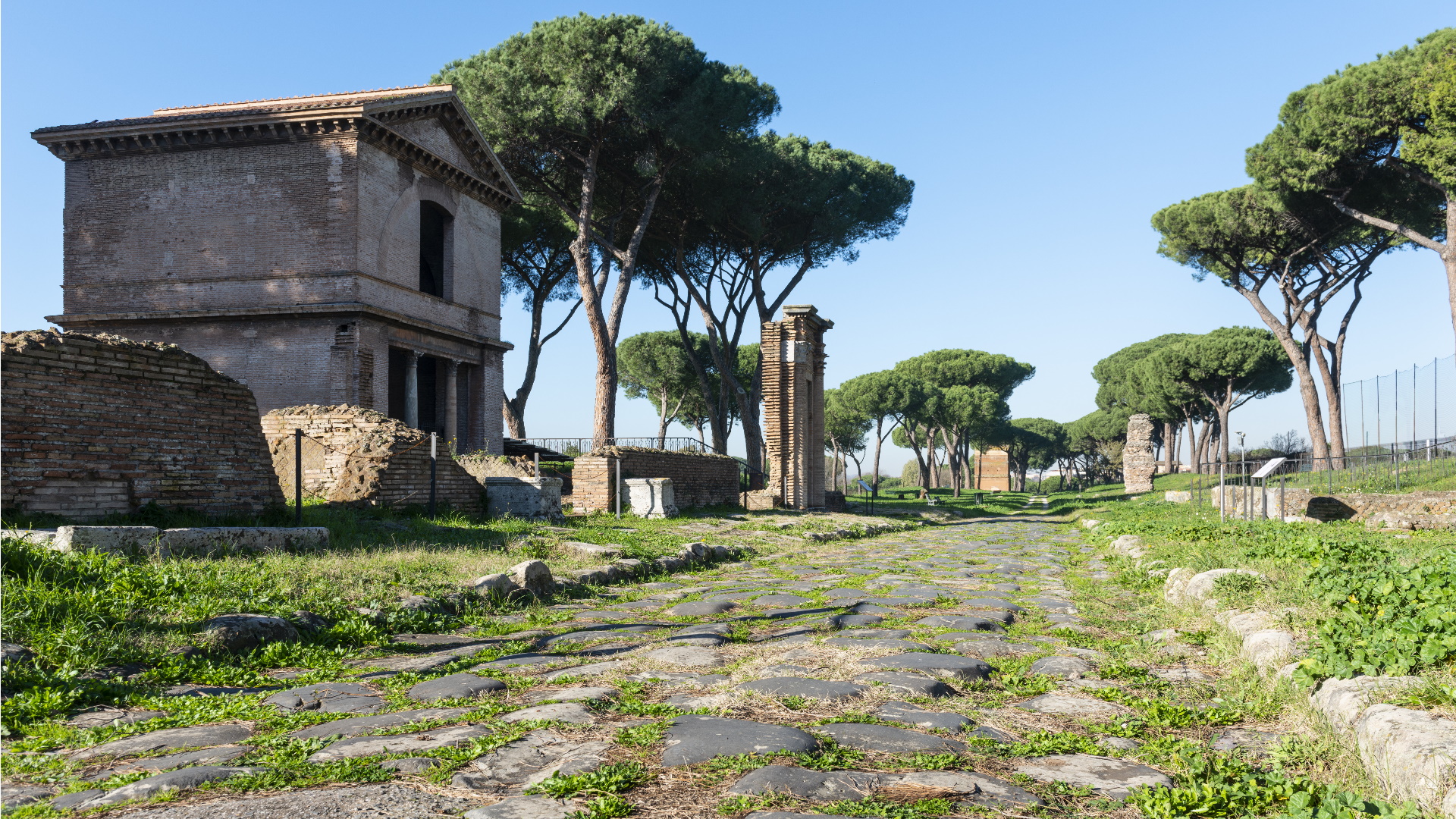
Appia Antica Park Virtual Tour 360°
About. A long story that winds through the centuries: with its 2300 years of history, the Appia Antica shows intact the signs of an illustrious and fascinating past, still clearly visible among the ruins that overlook the roadside. Episodes of great history and daily life have echoed in this idyllic setting since the times of ancient Rome, in a.
FileRome Via Appia Antica 13012011 132118.JPG Wikimedia Commons
Via Appia Antica, or the Appian Way, is the reason why we hear the phrase ' all roads lead to Rome '. This ancient and storied path connected Rome to the port town of Brindisi and enabled movement and trade to flourish throughout the empire.
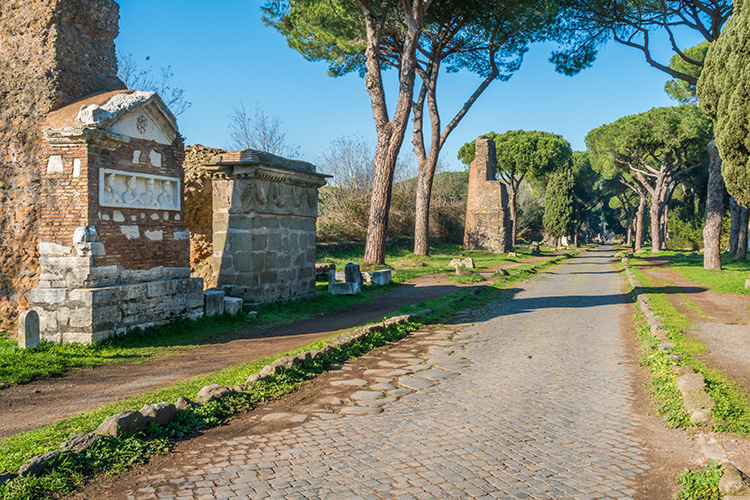
Via Appia Antica History and Facts History Hit
The Aqua Marcia, built between 144 and 140 BC. by the praetor Quinto Marcio Re, it is the longest aqueduct in Rome. Between the second and first centuries. B.C. the conduits of two other aqueducts were superimposed on it: the Aqua Tepula and the Aqua Iulia. Aqua Claudia was started by Caligula in 38 AD. and finished by Claudius in 52 AD.

Ancient Road, the Appian Way outside Rome [1600 x 1063] Landscape
The Via Appia Antica or Appian Way is one of the oldest roads of Rome and served as an important access road into the city. Originally, the road ran all the way to Brundisium, present-day Brindisi in the heel of Italy. The cobbled road was named after consul Appius Claudius Caecus who commissioned its construction in 312 BCE.

Rome, Italy. Via Appia Antica Photograph by Marco Mariani Fine Art
The Via Appia (also referred to commonly as via Appia Antica, or the [ancient] Appian Way) is a Roman road. It starts in central Rome, and ends in Brindisi in southern Italy, approximately 450km/280 miles from Rome.
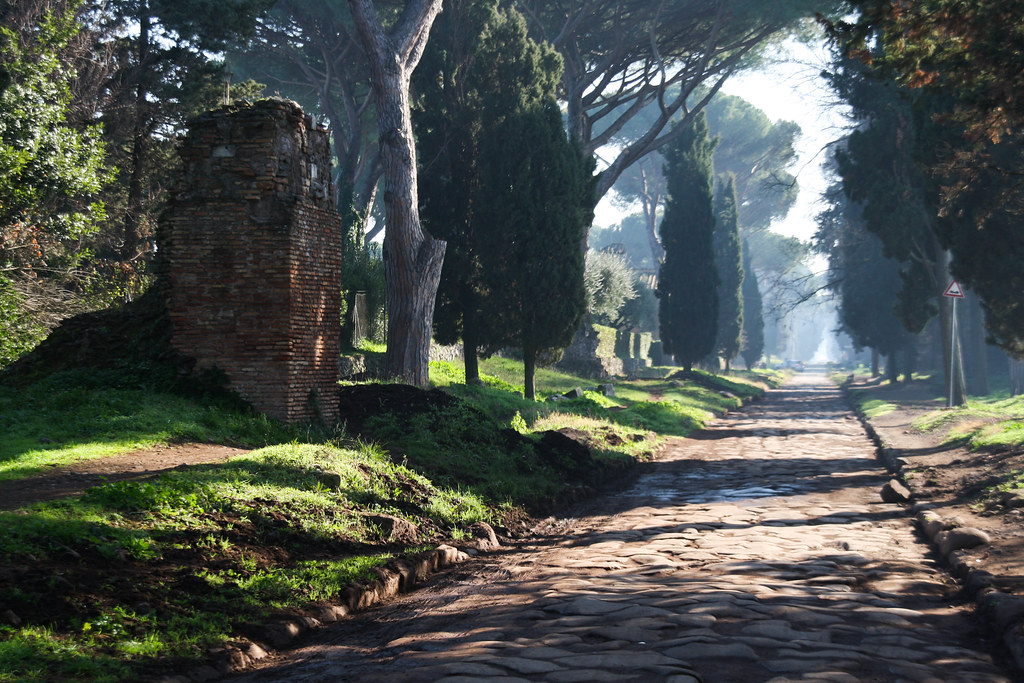
Via Appia Antica, Rome LisArt Flickr
Visiting Via Appia. The Appian Way was constructed in 312 B.C. — mainly as a way to transport troops and military supplies. And although the road was an important part of Rome's history for thousands of years, it required restoration. In 1784 a second road was built (Via Appia Nuova), leaving the old road (Via Appia Antica) open to tourists.

Ecco perchè visitare l'Appia Antica! Solo a Roma
How to visit the Appian Way (Via Appia Antica) from Rome Colosseum Appian Way bus San Giovanni Appian Way bus Big Bus Appian Way walking tour Appian Way e-bike tour Self-guided walk